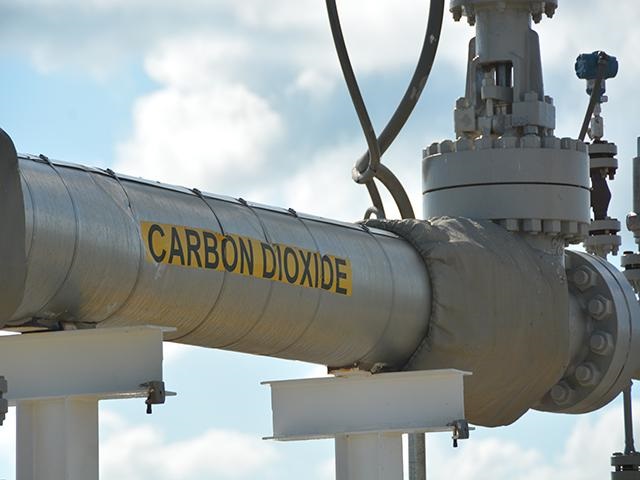RAPID CITY, S.D. – The South Dakota Department of Transportation is looking into a section of Interstate to make sure its not being affected by sinkholes that have opened up in Blackhawk.
Interstate 90 runs very close to the sinkholes that have exposed a long forgotten gypsum mine from the early 1900’s.
The Paha Sapa Grotto group has been studying the mine and believe the mine extends beyond the Interstate. But the expert cavers group say it gets deeper the closer it gets to the freeway, and that’s good news for stability.
The sinkholes have led to the evacuation of several homes, affecting a dozen families. The danger of further collapse from the mine means the evacuated homes may have to be demolished.
Meade County officials are working with State and Federal officials in evaluating a mitigation response.
Meade County Emergency Management has started a page on their website, offering information about the old mine.
It says:
The Blackhawk Mine is from the Dakota Plaster Co.. The two kettle mill at Blackhawk was built in 1910 and could produce about 200 tons/day of crushed and roasted gypsum, and made stucco and wall plaster, gypsum blocks, and plaster. Some product was used as a soil conditioner. Limited amounts of product were shipped outside of the local area. Much of the production went to the State Cement Plant in Rapid City where it was mixed with cement to slow the curing time. The mix was 10 pounds of gypsum per barrel of cement. The Dakota Plaster mill was built next to two gypsum bodies. Mining was mainly underground, but also with open cuts in gypsum beds near the lower part of the Spearfish Formation that were typically 6 feet thick, and at the top of the Spearfish in the Gypsum Spring Formation, which is about 8-25 feet thick in the Blackhawk area. The open cut in the lower gypsum bed exposed a 6 foot thick gypsum face. The mill burned in 1916, was rebuilt in 1917, and was active when examined by Connolly and O’Harra in 1929. In 1930, the mill was purchased by the United States Gypsum Company and may have closed shortly after. The area possibly had mining activity before 1900, but no records exist.
For more information, visit the page by going here:
https://www.meadecounty.org/hideaway-hills












